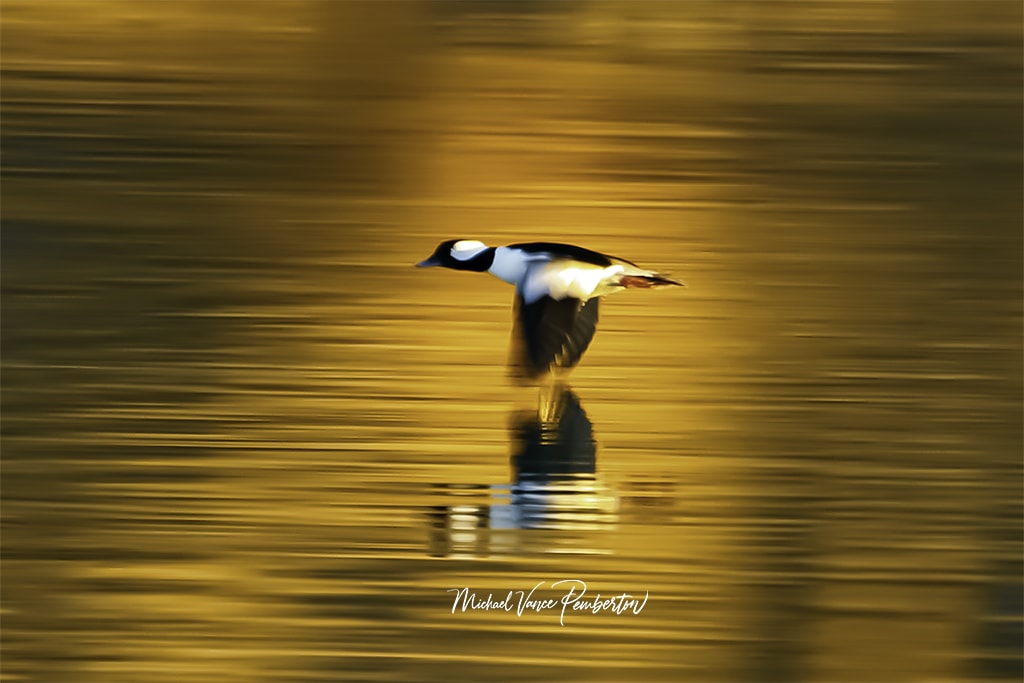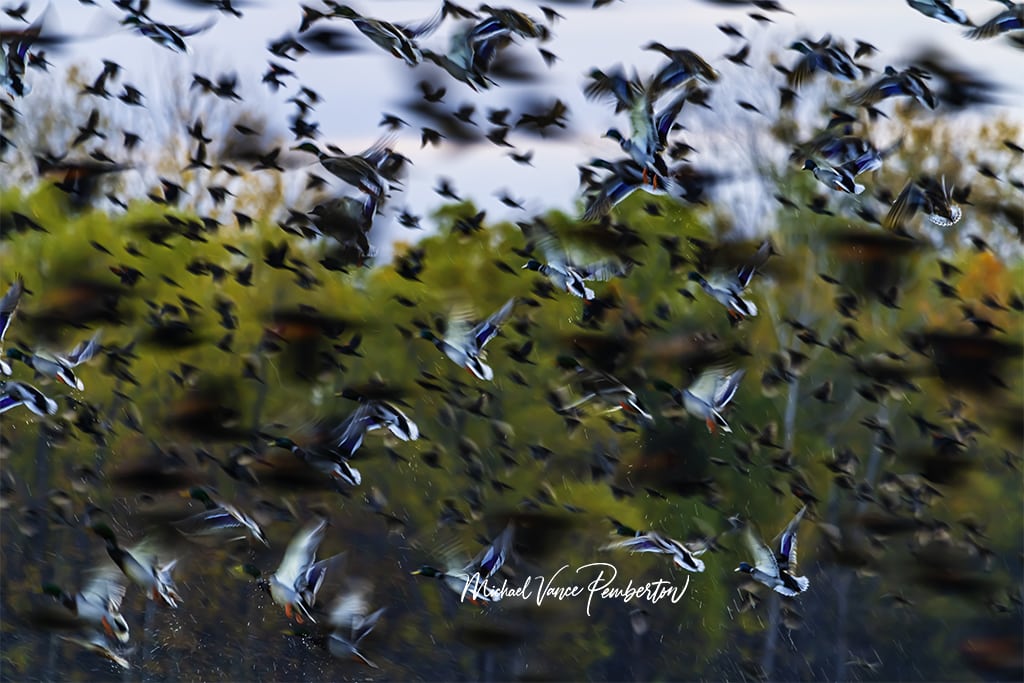
In the captivating world of photography, mastering the fundamental elements is the first step toward creating breathtaking images that truly capture the essence of a moment. At the heart of this art lies an intricate interplay between three critical factors: aperture, shutter speed, and ISO. These three elements form the cornerstone of photographic composition, dictating not only the technical aspects of an image but also its artistic interpretation.
Aperture:
Aperture: The Window to Creativity
Imagine your camera as a sophisticated eye, with the aperture acting as its iris. This analogy perfectly encapsulates the pivotal role aperture plays in photography. Just as the human iris adjusts to control the amount of light entering the eye, the camera’s aperture is a dynamic mechanism that regulates light flow into the lens. This ingenious system allows photographers to manipulate exposure and create images with varying brightness levels, crucial for capturing scenes in diverse lighting conditions.
The unit of measurement for the aperture is the f-stop, a numerical representation of how wide or narrow the aperture is. Counterintuitively, a lower f-stop number indicates a wider aperture, while a higher f-stop number corresponds to a narrower aperture. This arrangement might seem puzzling at first, but it becomes intuitive with practice, much like learning the controls of a musical instrument.
Shallow Depth of Field and Dreamy Bokeh: Unveiling the Artistry
One of the most enchanting effects that aperture offers is the creation of a shallow depth of field. When you opt for a wider aperture (represented by a lower f-stop number), you’re inviting your lens to blur out the background, transforming it into a soft, painterly canvas that complements the crispness of your subject. This delightful phenomenon is known as bokeh, a term borrowed from the Japanese language that translates to “blur” or “haze.”
Bokeh is more than just an aesthetic; it’s a tool for storytelling. By isolating your subject from the background, you direct the viewer’s gaze precisely where you want it to fall. It’s the technique to draw attention to a person’s expressive eyes, a delicate flower in a sea of green, or a playful grin amidst a crowded scene. Every defocused point of light in the background becomes a gentle orb of color, adding a touch of magic to your composition.
Expanding the Canvas: Greater Depth of Field
Conversely, when you embrace a narrower aperture (indicated by a higher f-stop number), your camera takes on the role of an architect, crafting an image where both the foreground and background are in sharp focus. This technique is invaluable in landscape photography, architectural shots, and scenarios where you want to encapsulate intricate details throughout the scene. Every element, from the blade of grass in the foreground to the distant mountain peak, finds its place within the narrative of your image.
Mastery of Vision: Selective Focus and Beyond
Understanding aperture transcends technical proficiency; it embodies the essence of visual storytelling. Photographers who delve into the nuances of aperture gain the power to guide their audience’s gaze, shape emotional responses, and craft compositions that resonate with their creative vision. The choice between shallow and deep depth of field becomes a deliberate artistic decision, breathing life into images that evoke curiosity, emotion, and wonder. With aperture as your ally, you become a visual magician, conjuring narratives that linger in the hearts and minds of those who encounter your work.

Shutter Speed:
Shutter Speed: The Symphony of Time
In the symphony of photography, where light and time dance harmoniously, shutter speed commands the rhythm. Imagine your camera as a conductor’s baton, orchestrating a visual melody that captures moments precisely or paints scenes with an ethereal brush. Shutter speed, defined as the duration for which the camera’s sensor or film is exposed to light, stands as the bridge between the fleeting present and the timeless image it produces.
A photograph is a slice of time frozen in pixels, and shutter speed determines the length of that slice. This parameter holds the key to unlocking two distinct realms within the world of imagery: motion blur and freeze frame. These two realms, seemingly at odds, work together to craft compositions that tell stories through the visual language of time.
Freezing Action with the Blink of an Eye
Imagine the exhilaration of capturing a soaring eagle in mid-flight, its wings spread majestically against a clear sky. A fast shutter speed, such as 1/1000th of a second, is the secret ingredient that transforms this majestic moment into a tangible memory. Like a time-traveler’s device, it halts the motion of the eagle, preserving its every feather in remarkable detail. The speeding car, the basketball player’s leap, the playful pet in mid-leap – all these fleeting instants are meticulously preserved by the swift flicker of the shutter, immortalized as vivid instances in a photograph.
Brushstrokes of Time: Motion Blur and Artistic Expression
However, there’s a different kind of magic in slower shutter speeds. Imagine a bustling cityscape transformed into streaks of light resembling luminescent brushstrokes across the canvas of your photograph. A slow shutter speed, like 1/15th of a second, embraces movement and infuses a sense of dynamism into your composition. It’s the key to capturing the graceful flow of waterfalls, the whimsical trails of sparklers, or the mesmerizing lights of a passing train. Each element in motion becomes a graceful stroke, each path carved by time itself, leading to artistic expressions that are impossible to replicate by the naked eye.
Dancing with Time: Photography’s Expressive Spectrum
Shutter speed is not just a technical setting; it’s a powerful tool that allows photographers to traverse time’s spectrum, from capturing a split second to embracing the rhythm of minutes. With every click of the shutter, a photographer can seize the energy of a sporting event or the serenity of a tranquil scene. Whether freezing action or inviting motion, the choice of shutter speed transforms a photograph from a mere representation into a tale infused with emotion and vitality.
Masters of photography understand that the duration of light exposure is a narrative decision, shaping the essence of the moment they wish to convey. By playing with time, they compose symphonies that resonate with viewers, guiding them through a visual journey that captures the essence of life itself.

ISO:
ISO: Illuminating the Shadows
In photography, ISO is the torchbearer of sensitivity, guiding the camera’s sensor through the intricacies of light and darkness. Think of it as a slider that determines how receptive your camera is to the available light, akin to adjusting your eyes’ adaptability in different lighting conditions. ISO wields the power to transform an ordinary scene into a captivating story, bridging the gap between clarity and ambiance with its unique ability to adapt.
The Spectrum of Sensitivity: Low and High ISO
Just as our eyes are naturally more sensitive to light in well-lit environments, a camera’s sensor can be tuned to different sensitivity levels using ISO settings. When you choose a low ISO, such as 100, you’re emulating a sunny day with abundant light. In this realm, your images emerge with pristine clarity, devoid of noise and distractions. Every detail is captured with finesse, from the gentle texture of a petal to the intricate lines in a landscape.
On the other side of the spectrum, in the land of higher ISO values like 1600 or 3200, your camera transforms into a night owl, ready to capture scenes shrouded in darkness. This heightened sensitivity is a boon in low-light situations, allowing you to photograph scenes otherwise lost to obscurity. However, as you embrace the higher ISO, you open the door to noise – those pixelated speckles that can mar the pristine canvas of your image.
Balancing Act: The Dance of ISO, Aperture, and Shutter Speed
The beauty of ISO lies not only in its power to adapt but also in its intricate dance with its counterparts: aperture and shutter speed. These three elements are inseparable partners in the grand ballet of photography, influencing the other’s performance. When you find yourself in a dimly lit environment, where a fast shutter speed is necessary to freeze motion and a wide aperture to let in more light, ISO steps onto the stage to support the duo. Increasing ISO allows the camera to capture more light in a shorter span, resulting in a well-exposed image.
Yet, like any intricate dance, balance is key. As ISO climbs higher to illuminate the shadows, the potential for noise also rises. Too much noise can cloud the clarity you desire, diminishing the visual impact of your image. It’s a delicate equilibrium that skilled photographers master, knowing just how far they can push ISO without sacrificing quality.
Mastering the Symphony: ISO’s Artful Integration
ISO is not merely a technical setting; it’s an artful choice that photographers make to shape the mood and narrative of their images. It’s the difference between capturing the soft ambiance of a candlelit dinner with minimal noise or immortalizing the spirited chaos of a concert while skillfully managing noise levels. It’s about knowing when to embrace the pristine details of low ISO or when to let a touch of noise enhance the mood of a photograph.
As photographers wield their cameras and adjust the ISO dial, they’re not just altering sensitivity but orchestrating the harmonious blend of light and shadow. ISO isn’t just a setting; it’s a painter’s brush that adds texture to the canvas of photography, enabling artists to craft images that are not only technically proficient but also emotionally resonant.
Conclusion.
Aperture, shutter speed, and ISO form a delicate triad, each affecting the other two in a constant juggling act to achieve the perfect exposure. Their combined influence extends far beyond technical considerations, shaping a photograph’s mood, narrative, and visual impact. Mastery of these basics opens up endless creative possibilities, enabling photographers to translate their visions into striking imagery that resonates with viewers on both technical and emotional levels. So whether you’re aiming to freeze a fleeting moment or to craft an ethereal masterpiece, understanding the interplay between aperture, shutter speed, and ISO is your key to unlocking the true potential of photography.


Recent Posts
In shadows cast by love's deceitful guise,He wandered blind, his heart the captive prize.Through realms unknown, where truth remained concealed,He followed trails of falsehood, unrevealed. Blinded...
Prepare to be amazed as the MCAS Cherry Point Air Show returns on May 11-12. This annual event, hosted by the Marine Corps Air Station (MCAS) Cherry Point in North Carolina, promises a weekend of...